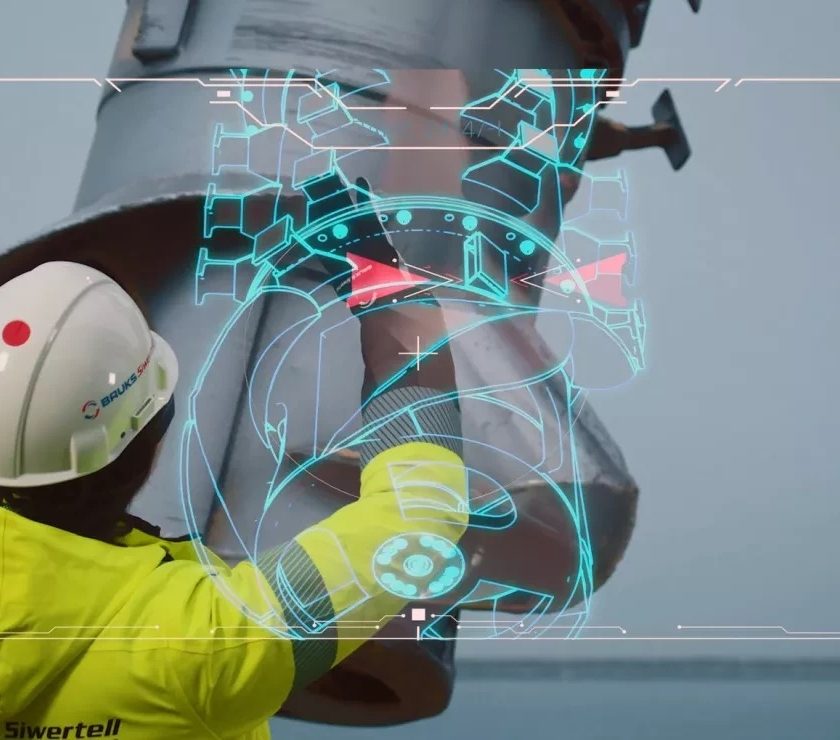Source: Portland Cement Association, Skokie, Ill.
Rising oil prices not only affect fuel and transportation costs, but they also have a direct impact on the cost of building and maintaining streets and highways, says PCA in a recent announcement. States are losing hundreds of millions of dollars due to outdated bidding policies that favor petroleum-based asphalt over other paving materials.
“Even outside of current political stresses on the prices of oil, the world economy has permanently changed with the emergence of strong growth in countries such as China and India,” says Ed Sullivan, chief economist for PCA. “There is new demand for commodities, and the days of oil at $30/barrel are long gone.”
In a recently released report, Sullivan describes how asphalt no longer has a competitive cost advantage compared to other materials, such as concrete, at the time projects are bid. However, old and irrelevant policies like the use of escalators benefit asphalt suppliers and distort free market mechanisms. Asphalt cost escalator clauses are price-adjustment provisions that allow asphalt paving contractors to raise their construction price based on a fluctuation in asphalt costs, which, typically, are directly related to the price of oil. These price adjustments occur after the contractor has won the bid. As a result, states, and ultimately taxpayers, take on the risk of increasing asphalt prices and the resulting higher maintenance costs of asphalt roads.
PCA calculates that in 2003, asphalt enjoyed a $225,000 or 39 percent cost advantage over concrete for one mile of two-lane roads. Since then, both oil prices and asphalt prices have increased by more than 200 percent. Concrete prices during the same period increased a relatively modest 37 percent. Costs now favor concrete over asphalt. The reversal came in 2009, when concrete roads enjoyed a $65,000 cost advantage over asphalt, largely due to increases in oil prices. Today, concrete’s cost advantage has climbed to $192,700 for one mile of two-lane urban roadway. “In a level playing field, where the free market dictates winners, concrete wins,” says Sullivan.
Yet that’s not the case in many states, where outdated publics works policies fail to respond to changes in prices, the report states. Distortions caused by these policies are partially responsible for the rise in paving and highway maintenance costs, which are straining already cash-strapped state budgets.
“Compare it to buying a product where the price you pay at the time of delivery is higher than the price you agreed to when the order was placed,” says Sullivan. “With road building projects, bids are placed, prices are agreed upon, and then construction proceeds to build a road. But when you go to actually build the road and pay for it, the asphalt contractor says, ‘Sorry but oil prices went up. You’re going to have to pay more because our costs went up.’ You would never buy a car or a television that way. Why does our government buy roads that way?”



